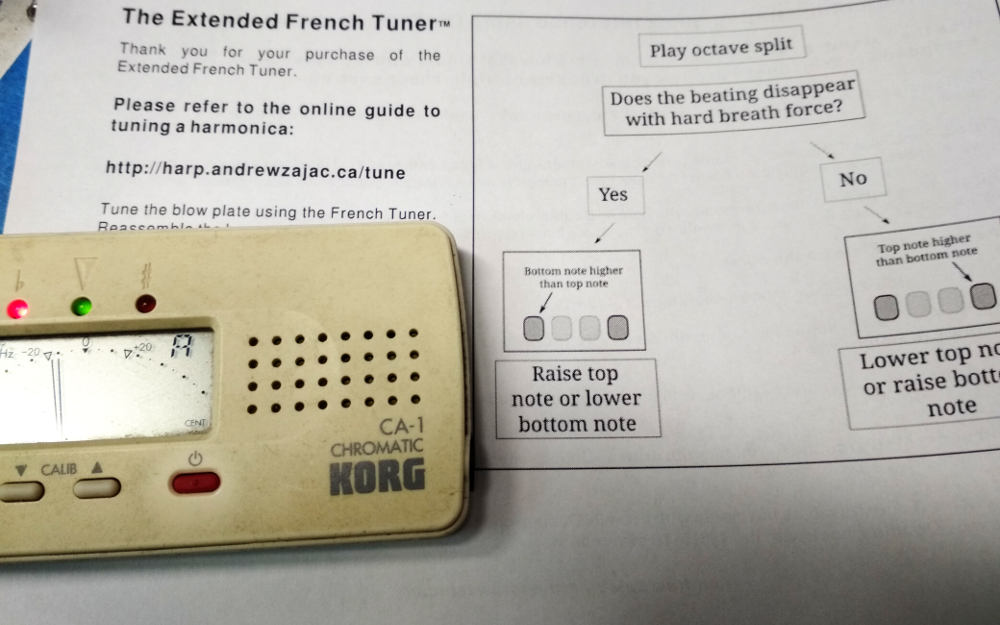***
My store is not taking any orders today due to health reasons which limit to my productivity.
***
My custom harmonicas, combs and tools are made to order. If items are out of stock on my website, it's likely due to my workload is at the limit. Please see my dealers for all items I offer.
Maximum production times may be up to 16 business days for combs and tools. Current production time for custom harmonicas are shown on the top of the custom page.
Thanks for your support.
Andrew

